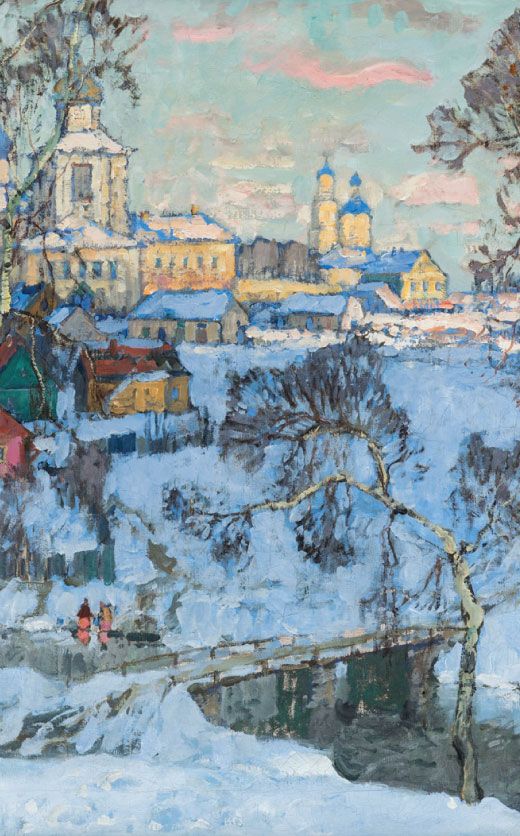Congolese Kuba Wood Bwoom Helmet Mask w/ Cowrie Shells
Lot 57b
About Seller
Artemis Fine Arts
686 S Taylor Ave, Ste 106
Louisville, CO 80027
United States
Selling antiquities, ancient and ethnographic art online since 1993, Artemis Gallery specializes in Classical Antiquities (Egyptian, Greek, Roman, Near Eastern), Asian, Pre-Columbian, African / Tribal / Oceanographic art. Our extensive inventory includes pottery, stone, metal, wood, glass and textil...Read more
Categories
Estimate:
$1,200 - $1,800
Absentee vs Live bid
Two ways to bid:
- Leave a max absentee bid and the platform will bid on your behalf up to your maximum bid during the live auction.
- Bid live during the auction and your bids will be submitted real-time to the auctioneer.
Bid Increments
| Price | Bid Increment |
|---|---|
| $0 | $25 |
| $300 | $50 |
| $1,000 | $100 |
| $2,000 | $250 |
| $5,000 | $500 |
| $10,000 | $1,000 |
| $20,000 | $2,500 |
| $50,000 | $5,000 |
| $100,000 | $10,000 |
| $200,000 | $20,000 |
About Auction
By Artemis Fine Arts
Aug 22, 2025
Set Reminder
2025-08-22 10:00:00
2025-08-22 10:00:00
America/New_York
Bidsquare
Bidsquare : Indigenous Art - Ralph T. Coe Center, Santa Fe, NM
https://www.bidsquare.com/auctions/artemis-gallery/indigenous-art---ralph-t-coe-center-santa-fe-nm-20324
Featuring works of art from the Ralph T. Coe Center for the Arts in Santa Fe, New Mexico, a non-profit focused on promoting Indigenous Arts globally. All proceeds from the sale of these items will support future grants to Rehoming Program participants. Artemis Fine Arts info@artemisfinearts.com
Featuring works of art from the Ralph T. Coe Center for the Arts in Santa Fe, New Mexico, a non-profit focused on promoting Indigenous Arts globally. All proceeds from the sale of these items will support future grants to Rehoming Program participants. Artemis Fine Arts info@artemisfinearts.com
- Lot Description
Central Africa, Democratic Republic of Congo, Kuba peoples, ca. early 20th century CE. A powerful carved wood helmet mask of the Bwoom type, this early 20th century creation hails from the Kuba peoples of the Democratic Republic of Congo. Evoking a sense of forceful character and ancestral gravity, the mask's formidable facial volume is accented by cowrie shells sewn to strips of woven rattan, forming a bold vertical and horizontal band across the brow and nose. Pierced with perimeter holes for raffia or cloth attachment, the mask would once have crowned a performer fully costumed in layered fabric, beadwork, feathers, and regalia. This mask is known as Bwoom or mBwoom, one of three principal royal masks that together dramatize Kuba origin myths. Worn in solo and triadic performances during initiations, funerals, and royal ceremonies, Bwoom stands in opposition to the mask of Mwaash aMbooy, who embodies Woot - the divine founding king. Size: 12.2" L x 11.5" W x 14.3" H (31 cm x 29.2 cm x 36.3 cm); 23.7" H (60.2 cm) on included custom stand.
In contrast, Bwoom is cast as the outsider: a commoner, a prince, or a figure of Twa (pygmy) descent. His energy in performance is fiery and aggressive, opposing Mwaash aMbooy's calm and stately presence as both vie for the affections of Ngaady aMwaash, the third mask in the triad.
Among the Bushoong, the central Kuba group, Bwoom is most often identified with the head of a hunter-gatherer and is associated with the non-royal constituents of the kingdom. Though a spirit, Bwoom represents the destabilizing force that challenges kingship from within and without. The engraved surface, bold cheekbones, and riveted metal embellishments express this antagonism in sculptural terms. Outside the royal court, Bwoom appears in men's initiation rites, marking transitions of power, identity, and status. The cowrie shells - long symbols of prestige, currency, and wealth - affirm Bwoom's significance even in his outsider status. Whether seen as rival or ally, prince or foreigner, the Bwoom mask is central to Kuba political theater, cultural memory, and sacred performance.
Provenance: Ralph T. Coe Center for the Arts, Santa Fe, New Mexico, USA, acquired in 2010 via descent; ex-private collection of Ralph T. Coe, Santa Fe, New Mexico, USA, purchased in May 1999; ex-Taylor Dale Gallery, Santa Fe, New Mexico, USA
All items legal to buy/sell under U.S. Statute covering cultural patrimony Code 2600, CHAPTER 14, and are guaranteed to be as described or your money back.
A Certificate of Authenticity will accompany all winning bids.
We ship worldwide and handle all shipping in-house for your convenience.
#196403Professionally repaired with some minor chipping to beak line on interior. Missing two shells on forehead. A few chips, nicks, abrasions, and areas of old, inactive insect damage, as well as stable pressure fissures to wood. Otherwise, good remaining detail, trace pigments, and rich patina throughout.Condition
- Shipping Info
-
All shipping is handled in-house for your convenience. Your invoice from Artemis Fine Arts will include shipping calculation instructions. If in doubt, please ask before bidding for estimated shipping costs for individual items.
-
- Buyer's Premium



 EUR
EUR CAD
CAD AUD
AUD GBP
GBP MXN
MXN HKD
HKD CNY
CNY MYR
MYR SEK
SEK SGD
SGD CHF
CHF THB
THB













